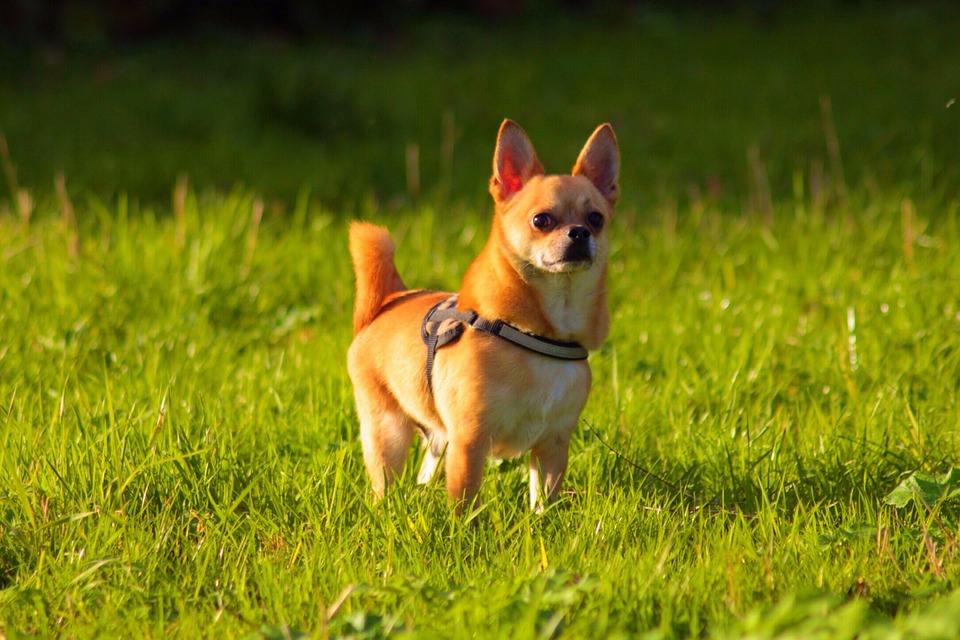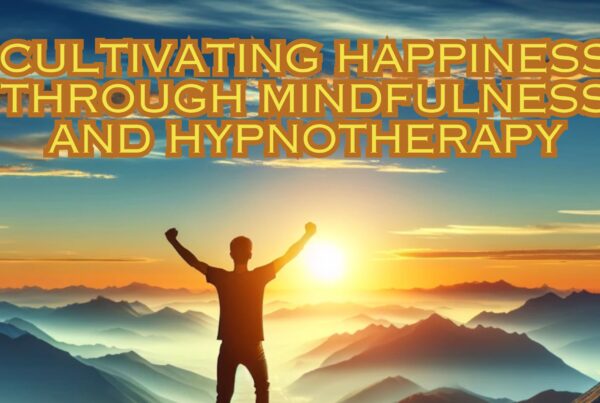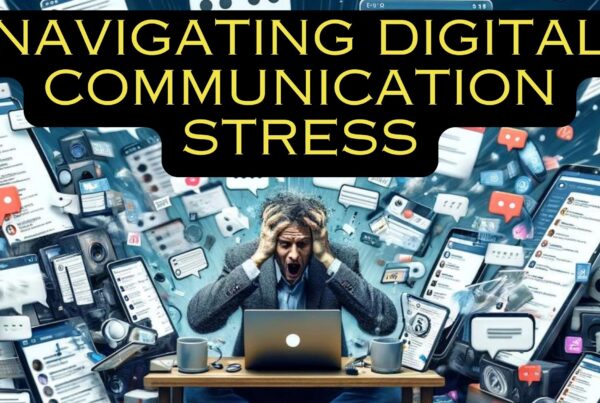What Do Dogs In a Park Teach Us About Our Emotions?
It's like walking a dog in a park.
Have you ever gone for a walk in a park on a beautiful day?
I've often found this simple pleasure to be something that just grounds me and allows me to become a content observer.
Walking through the park, I'll come across a wide variety of people going about their day, taking a break from work or going for a jog although my favourite tends to be people taking their dogs out for a walk.
I simply love watching dogs. Apart from being simply adorable to look at, you have to love their spirit. They always mean well. They're always there to protect their owner at a moments notice and will switch from playful and joyous one moment to being on alert and guarding the next. Even the smallest of dogs can sometimes forget their size and take on the responsibility of guarding their owners.
Have you seen what happens when dogs approach each other in a park?
Some will be playful and friendly, generally sniffing parts we steer clear of as a way of saying hello. Others, though, may immediately stand on guard. You can see them eyeing off the other dog, suspect that danger may be approaching and standing ready to go into attack if they need to.
What is even more interesting is watching how their owners respond in that situation.
Some owners seem to begin to freak out themselves. They'll yell at the dog aggressively or become quite erratic in their own movements in an attempt to control the dog and, in the process, seemingly agitate the dog even more. When you consider that reaction, it is easy to understand why the dog, who is quite feeding off the energy of the owner, would think that there is a problem situation just up ahead when in fact it is just another dog. It is often worse when the dog hasn't had any training and natural reactions kick in, bypassing caution and moving straight into all-out war. These can be quite terrifying to watch because you just hope no one is going to get hurt and you can't help feeling that if there had been a lead or if the dog had been trained, this drama could've been simply avoided. It seems ironic that the dogs very nature to protect is causing this problem to exist in the first place where protection is needed.
Then you have the owners who see the other dog ahead and decide the best way to handle that situation is to just completely avoid it. They'll go out of their way to deviate from the path through the park so that they can just keep their distance from that other dog. Of course, there is no guarantee that the other dog is going to respond in any negative way but, hey, better safe than sorry, right? This certainly does help to avoid the situation however the dog doesn't learn anything new from the situation and it would surely be an inconvenience at times to have to make way for the approaching group.
The ones I really admire are the owners who can see the other dog coming, notice that their own dog has gone on guard, and at that moment, they guide their dog firmly yet gently past the other dogs. Sure, there might be a growl. There may even be a bark. There most certainly will be resistance. They are, after all, dogs being dogs! Yet they manage to just focus on successfully getting their dog past the other dogs with a minimum of fuss using a combination of firmness, gentleness, and direction. They know their dogs are just being dogs and doing what dogs do but they don't yell at them for being dogs, nor do they make the dog avoid the situation, they just guide their dog in the direction they need to go as best as possible.
The reality is that there will be times when dogs see each other and it will not be a friendly interaction. You might even see a friendly dog bounding towards another, tail wagging and ready for play, only for the other dog to misread the enthusiasm and to respond with aggression. Dogs can be unpredictable and, being a pack animal, as soon as they feel any threat, their first response is to protect their pack. As human beings, we can appreciate and love our animals for their positive intentions but we also know that it can be a lot of fuss over nothing at all.
What do dogs in a park and emotions have in common?
This is the thing; the relationship that we have with our emotions can often be very similar to the relationship we have with our dogs. We can sometimes find ourselves in situations that are nearly nowhere as bad as what we believe they're going to be, and in those situations we can sometimes find our emotions getting fired up, ready to defend against attack. Sometimes we'll find our emotions becoming too worked up and we'll lose control in our attempt to control them. Other times, we'll just simply avoid the situation entirely in order to not have to deal with any of the potential barkings. The ones that seem to navigate it the best are the ones who stick to the path, who guide their emotions in the direction they need to go, firmly yet gently, until they realise that the situation is either running off behind them or leaving something on the ground for their owner to pick up and bin.
So, what kind of emotions do you have on your lead today?
And how do you train your emotions so that they don't become overly aggressive over anything at all? Will you yell and yank at your emotions for not playing nicely? Will you avoid situations to keep from being attacked? Or will you lead, focused on your direction, firmly but gently getting through situations that are going to pass so that you can continue to enjoy what the park has to offer?
Click HERE To Book Your FREE Half Hour Consultation NOW!
You may also like to read:
Release Hypnosis’s Lawrence Akers on JOY FM
Breaking Addiction THrough Counselling and Hypnosis
What Understanding ‘Nobody’s Perfect’ Has Taught Me
Why My Smoking Program Is The Best One For You








